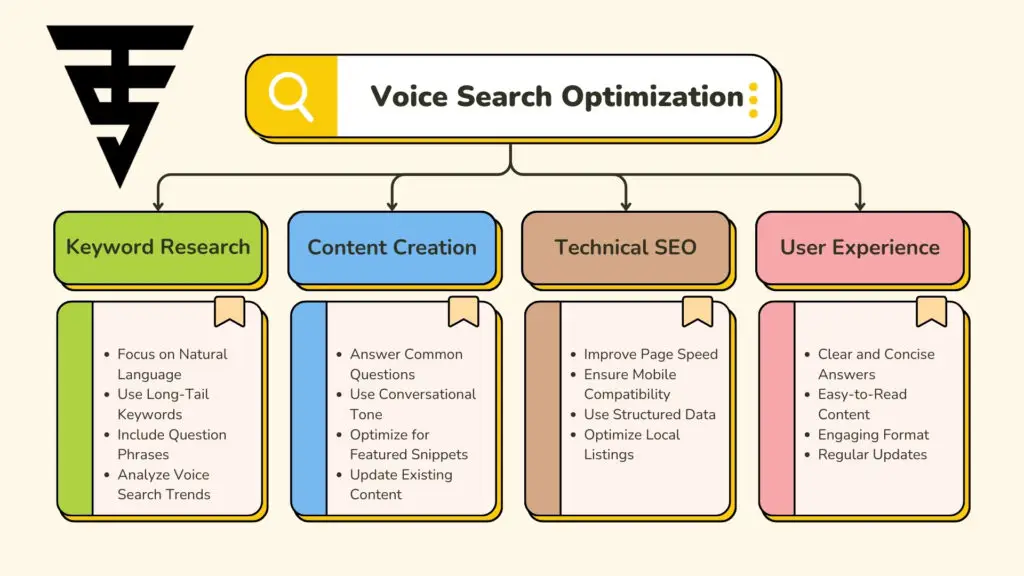Voice and Visual Search Optimization: The Future of Digital Visibility

In today’s fast-evolving digital world, how users search for information is changing rapidly. Traditional text-based queries are no longer the only way people interact with search engines. The rise of voice-activated assistants like Siri, Alexa, and Google Assistant, along with visual search tools such as Google Lens and Pinterest Lens, is reshaping search behavior. As a result, businesses must adapt their digital strategies to stay visible and competitive.
Voice and visual search optimization is no longer optional—it’s essential.
The Rise of Voice Search
Voice search has become a part of everyday life. Whether it’s asking for directions, finding a nearby service, or searching for product information, users increasingly rely on voice commands. What makes voice search different is the use of **natural, conversational language**. Unlike typed queries, voice searches are often longer and more question-based.
Example:
– Typed: “best budget laptops 2025”
– Voice: “What are the best budget laptops to buy in 2025?”
To optimize for voice search, businesses should:
– Focus on long-tail keywords and question-based content.
– Incorporate FAQ sections on web pages.
– Use structured data/schema markup to help search engines understand context.
The Power of Visual Search
Visual search allows users to search the web using images instead of words. With tools like Google Lens, users can snap a photo of an object and receive information, similar items, or where to buy it. For e-commerce, fashion, interior design, and even tech support, visual search is a game-changer.
To optimize for visual search, you should:
– Use high-quality, original images.
– Add descriptive alt text and filenames to images.
– Incorporate metadata and structured image data.
– Create image-rich content such as infographics and how-to guides.
Why It Matters for SEO
Voice and visual search optimization improves overall search engine visibility. Google and other platforms reward content that is accessible, descriptive, and relevant. By embracing these methods, you also improve your website’s user experience and accessibility.
Mobile-first indexing, which is already a standard, makes voice and visual search even more relevant—since most of these actions are performed on mobile devices.
Best Practices for Both Search Types-
1. Focus on User Intent: Understand why your audience is searching and tailor content accordingly.
2. Improve Page Load Speed: Faster websites provide better results, especially for mobile users.
3. Use Structured Data: Helps search engines better understand and display your content.
4. Maintain Consistency Across Platforms: Ensure your images, text, and metadata are optimized on both web and mobile.
5. Regularly Update Content: Keep your information fresh and relevant to stay ahead in rankings.
Conclusion
Voice and visual search are no longer futuristic trends—they’re today’s reality. As consumers shift toward more intuitive ways of accessing information, businesses must evolve their SEO strategies. By integrating voice and visual optimization, you not only stay visible but also offer a seamless, modern experience for your audience.
Whether you’re an online retailer, a service provider, or a content creator, now is the time to invest in these emerging search technologies. The future of search is here—are you ready for it?
